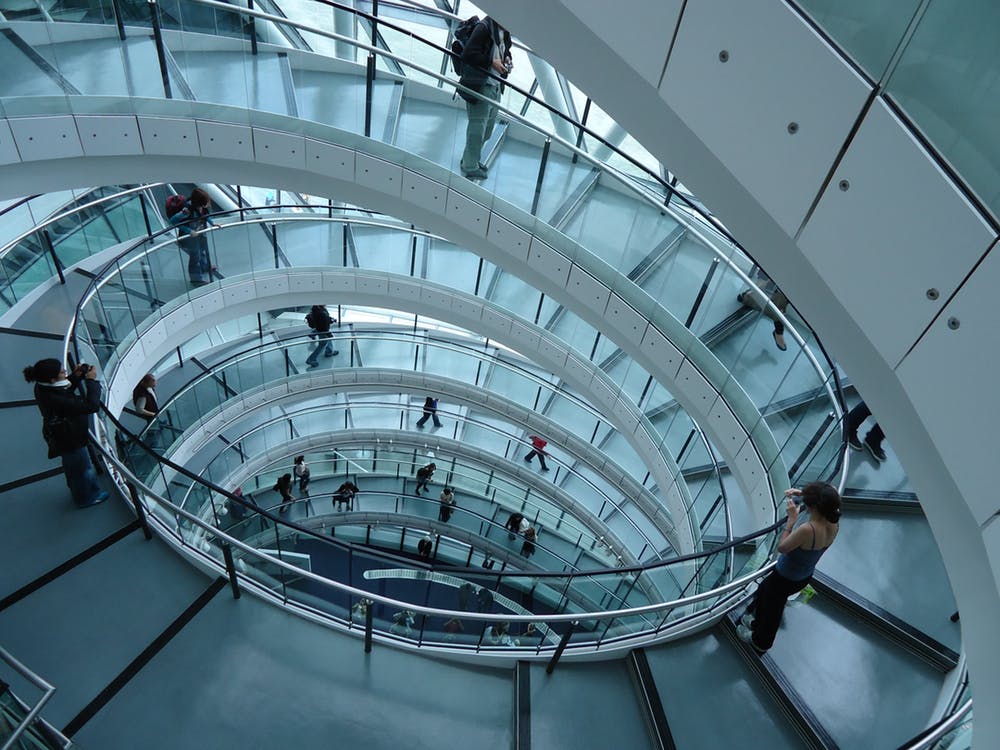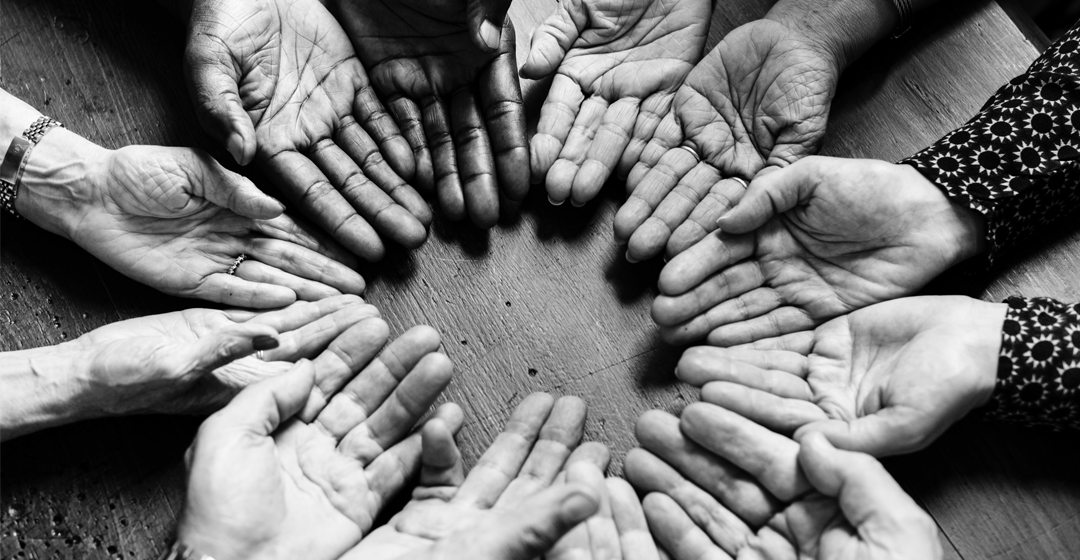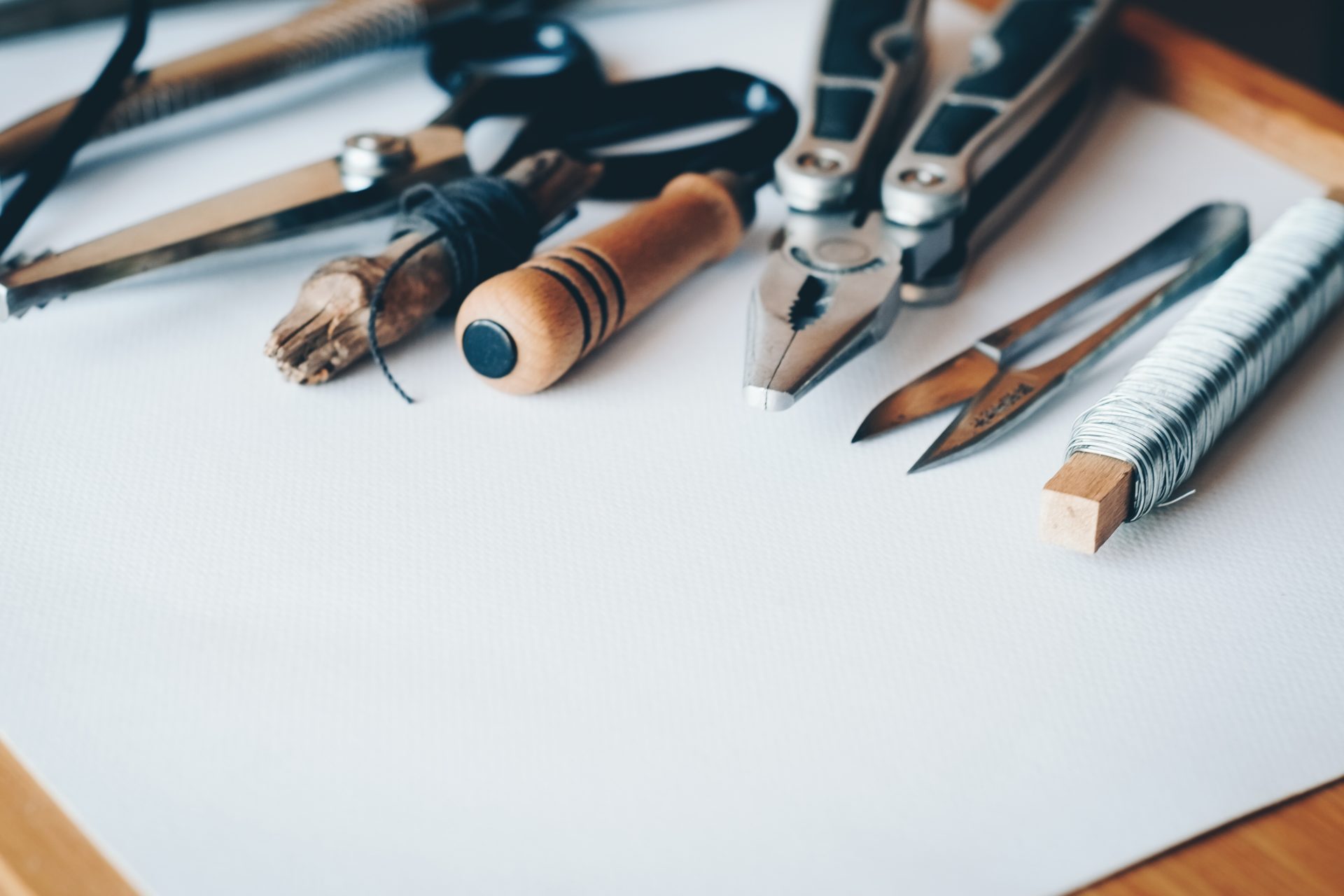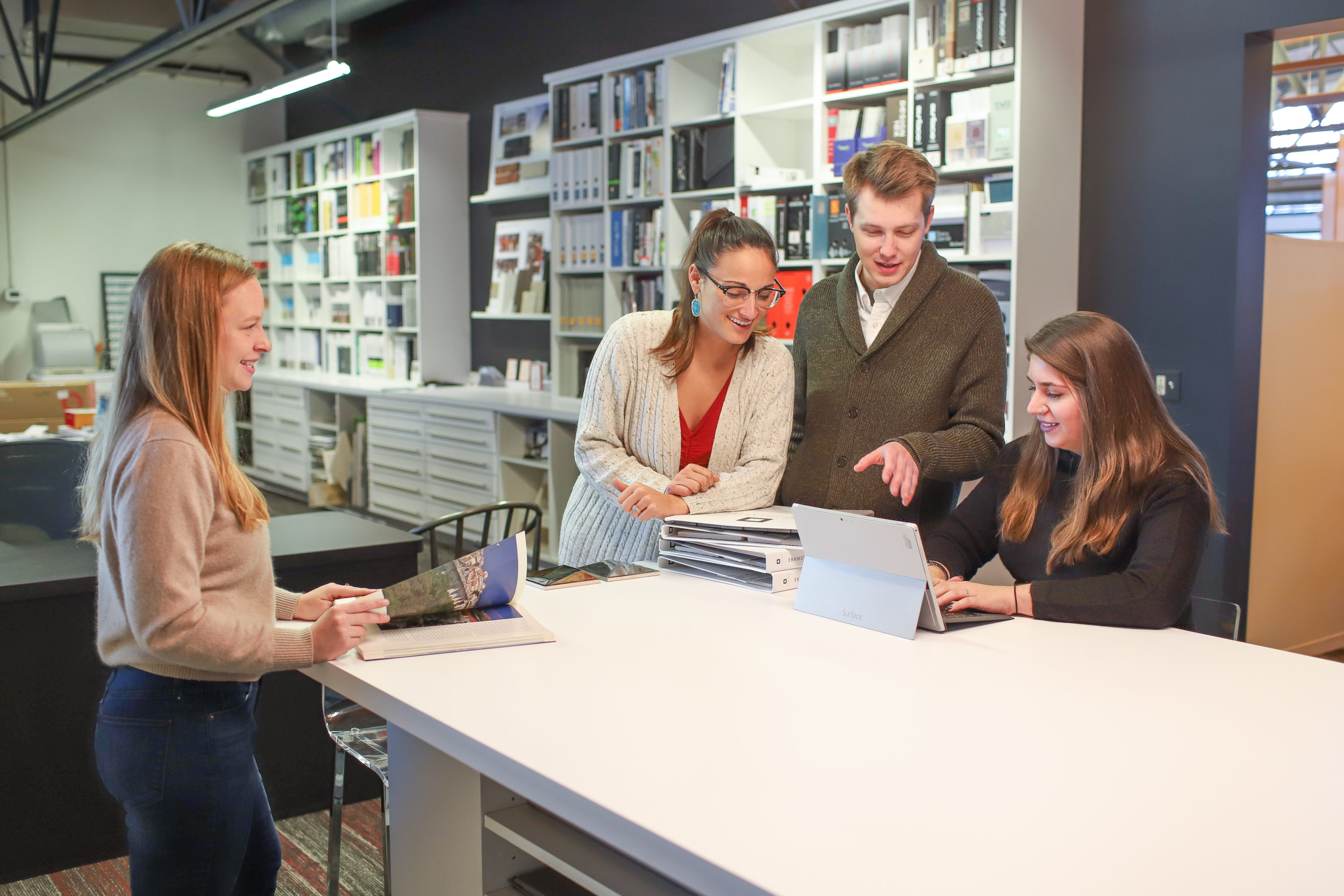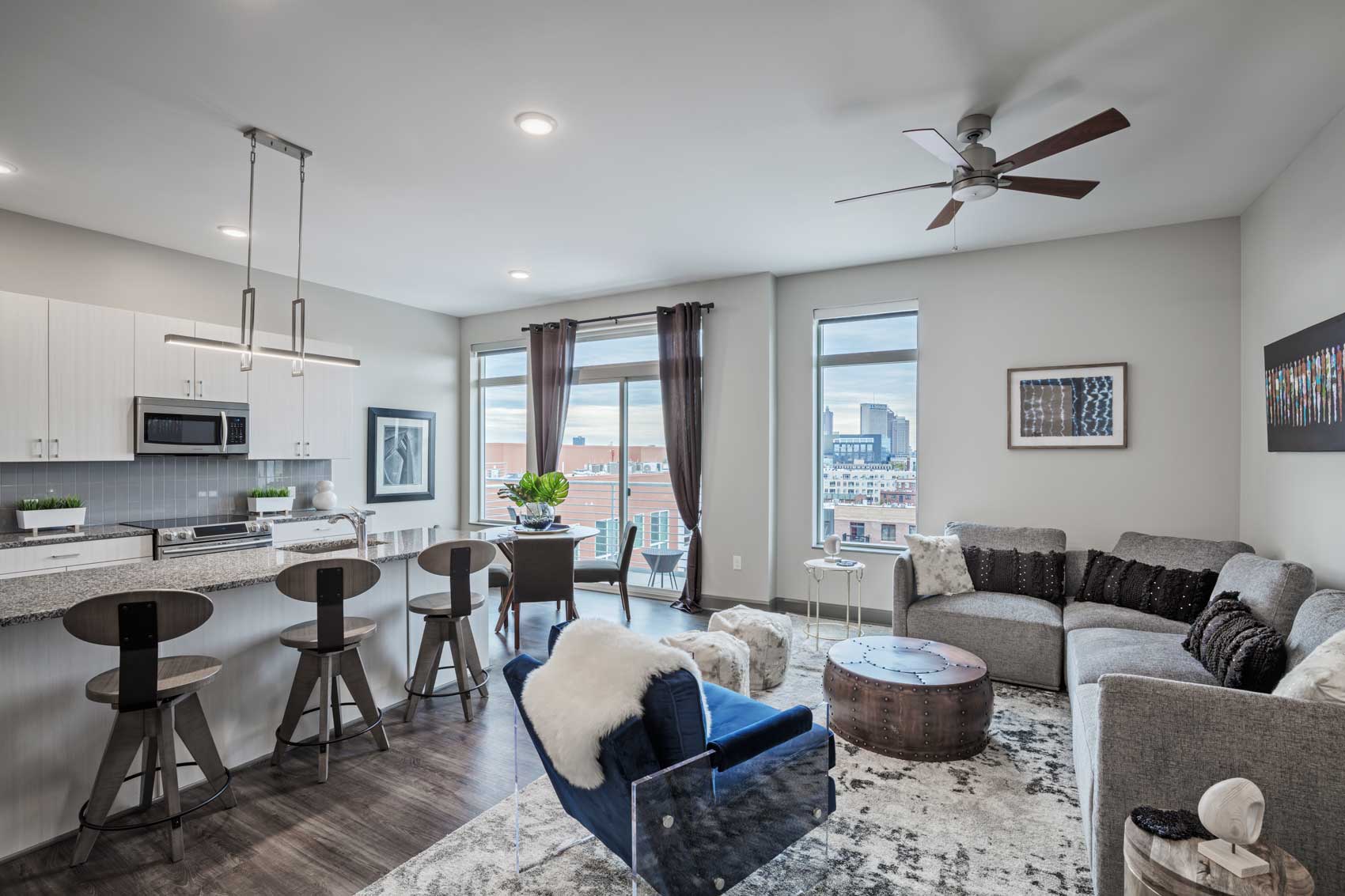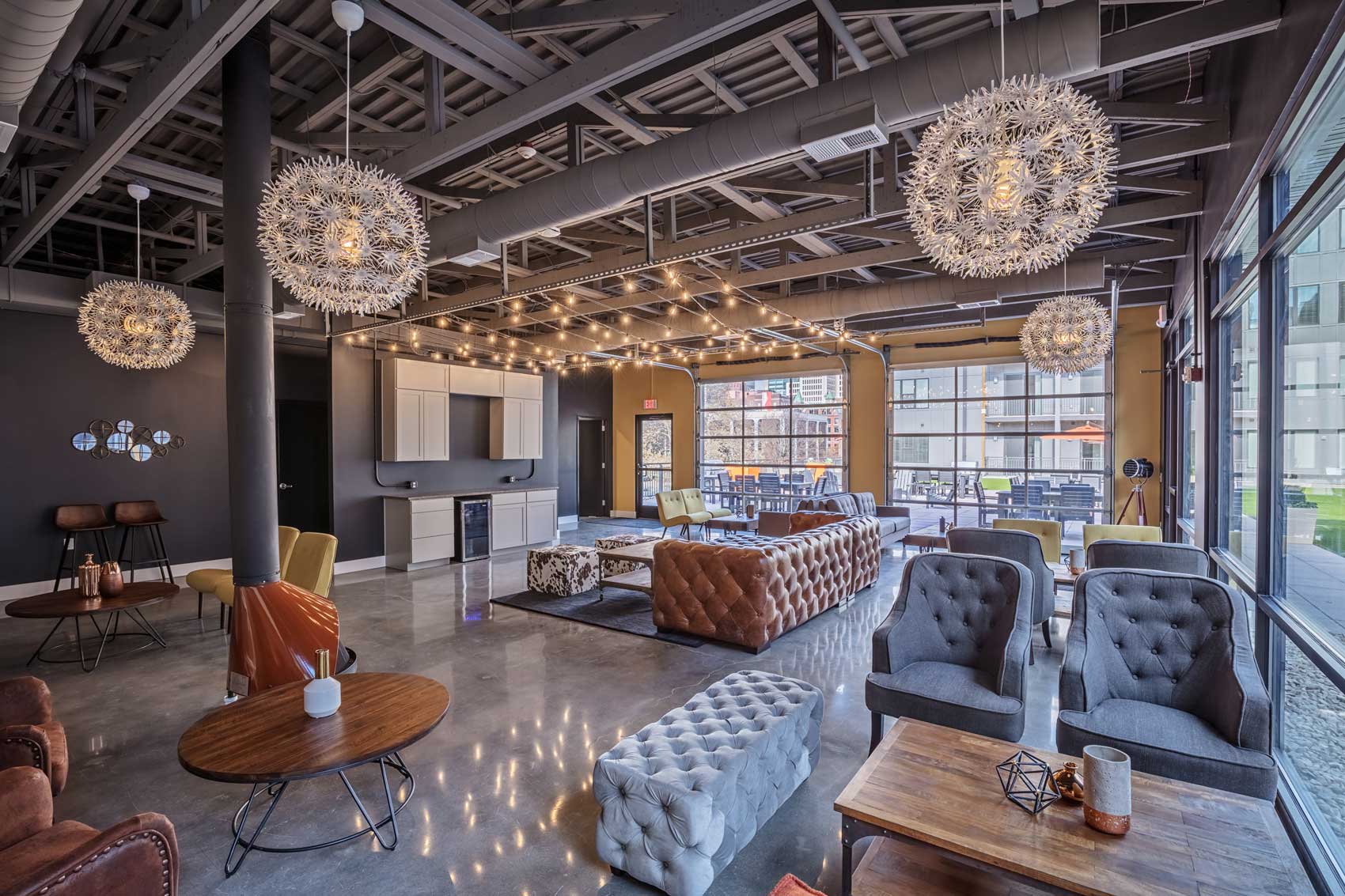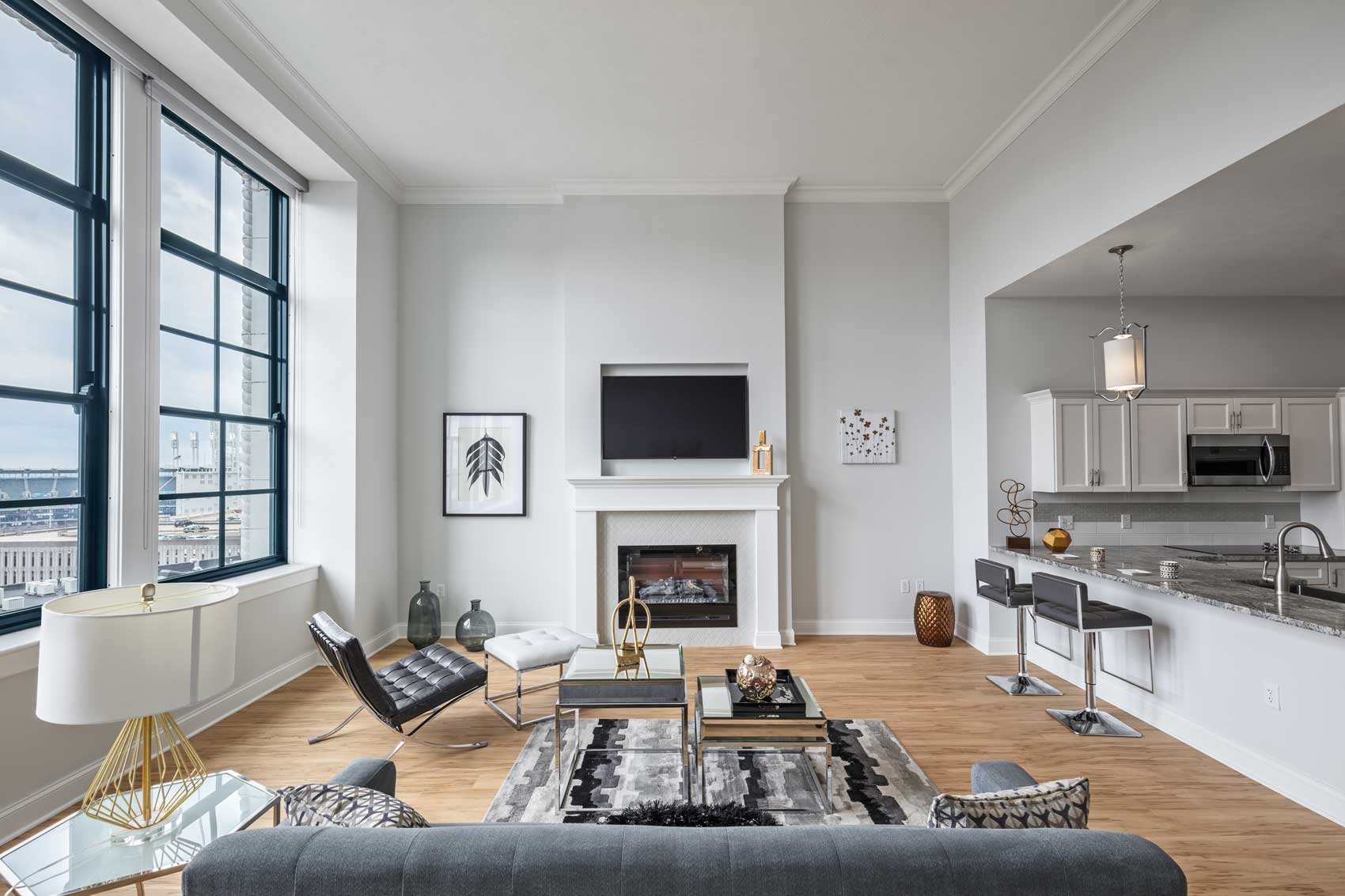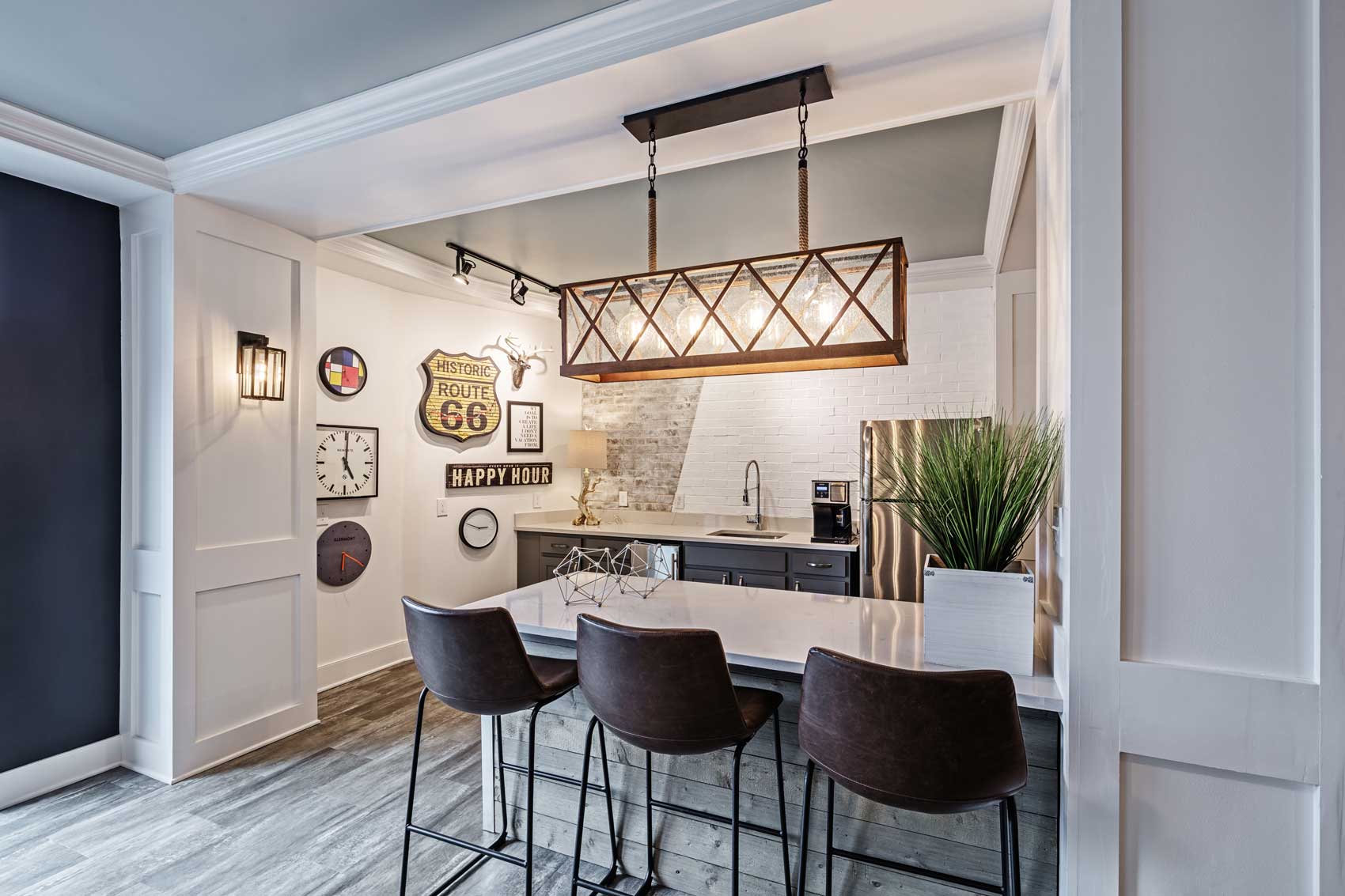Crafting Inspiration
Anyone else find themselves constantly re-organizing and moving things around their homes to re-decorate? Well this certainly describes me and I think it drives my husband crazy! One of the greatest challenges that we as designers face is keeping up with trends that are constantly moving, changing and evolving. Because of this I am often asking myself how to design for the now and for the future. It’s a delicate balance to consolidate the two – designing spaces that are trendy AND timeless. It is vital that designers are continually growing their library of knowledge, from material trends, construction methods, sustainability all the way down to interior finishes.
I would argue that designing trendy spaces is less important than design timeless environments. Trends come and go, and are fun to incorporate in small doses, but the last thing that we want is a building that has aged itself in less than 10 years. As a designer there are a couple rules of thumbs that I’ve considered that help guide me through these questions:
1. Understand your motif: Having a dominant idea or distinctive feature, whether it be for the architecture of a building or the interior of your space can help drive your design and tie all the details into the larger composition.
2. Draw hints from Classic Architecture: I’m not arguing that symmetry is always the answer but there are basic organizational structures that have been around and effective for ages. For example, the base of a low or a mid-rise building has traditionally been built from a different material than the rest of the building, stone, block, etc. Over the years, this concept has been updated. Now we see many buildings with storefront as the base or large amounts of glazing. This simple material change helps create layers to the building.
3. Design for functionality: Design should be explorative and ambitious, but if nothing else, functional. Understanding how space is going to be used in a building is the most important element and should drive your exploration of the form.
4. Keep it Simple: Simple does not have to mean boring. Keeping design simple can be a challenge. Simplicity comes from understanding the innate needs and qualities of a building and outputting the most elegant solution.
“It is vital that designers are continually growing their library of knowledge, from material trends, construction methods, sustainability all the way down to interior finishes.”

